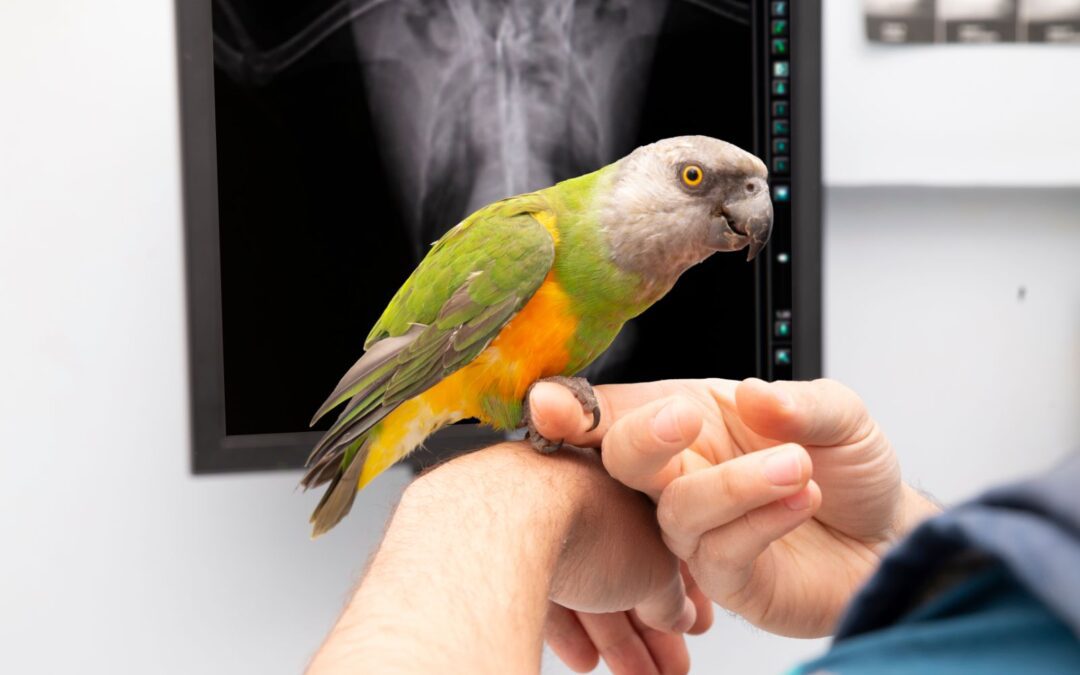Investing in Veterinary Radiology Equipment
While standard radiology equipment can be modified for veterinary use, this can negatively affect precision and efficiency. Veterinary radiology equipment, unlike standard equipment, is designed to be adaptable to a variety of different situations. This is due to the unique variety of animals and their anatomy. Investing in veterinary radiology equipment allows practitioners to obtain high-quality images that can positively impact treatment plans.
How Veterinary Radiology Equipment Can Be Used
Analyze Dental Issues
Having dental imaging equipment in a veterinary practice can help provide a clear image of possible dental issues such as broken teeth and roots, abscesses, or infections. This can be done through standard veterinary dental imaging or even through a full panoramic imaging equipment.
Evaluate Soft Tissues
Veterinary practices that have CT imaging equipment on hand can quickly provide high-quality images, leading to faster diagnoses. Meaning CT veterinary imaging can easily identify several issues quickly such as musculoskeletal issues, vascular problems, and even nasal and ear diseases.
Determine Bone Problems and More
While most people know veterinary radiology and x-rays are used to help find and diagnose broken bones or limbs, most practitioners know that these types of imaging equipment can do much more. On top of broken limbs, veterinary x-ray equipment can also diagnose issues relating to pneumonia, cancer, and heart issues.
Benefits of Digital Veterinary Radiology Equipment & Medical Imaging Systems
For practices that already have imaging equipment on hand, there are still benefits to upgrading current imaging equipment and systems. Making the switch from standard film imaging equipment to digital medical equipment can not only benefit patients, but the practice as well.
Faster Image Processing
Being able to access images in an efficient manner not only helps save time, but can lead to faster diagnosis and treatment decisions in emergency situations. Digital images can also be shared more easily between veterinary facilities, leading to better communication and greater understanding of patient needs.
More Defined Images
Seeing images that are clearly defined reduces the guesswork needed to make an accurate diagnosis. Not only that, digital images can easily be adjusted or enlarged to help gain better insights. This can help eliminate the need for follow-up images that may otherwise be needed with traditional veterinary imaging systems.
Lower Exposure
Unlike traditional radiology and veterinary imaging systems, digital imaging equipment requires less exposure to radiation to get the images needed. The lower exposure to radiation not only benefits patients but the staff at the veterinary practices as well.
Saves Money on Costs
Most importantly, digital veterinary imaging equipment can help save veterinary practices money in a variety of ways. One of the more obvious benefits is that digital imaging does not require the purchase of film supplies or processing chemicals. Digital veterinary imaging can also reduce storage costs. This is due to the fact that all images are stored electronically, reducing the need for physical storage equipment. Digital imaging can also lower maintenance costs as digital imaging equipment requires less maintenance compared to traditional imaging systems.
Quality Veterinary Radiology Equipment From Imperial Imaging
If you’re ready to elevate your practice to the next level with veterinary radiology equipment, Imperial Imaging Technology is here to help. We offer a comprehensive range of veterinary radiology and imaging solutions, including x-rays, CT, and accessories to make veterinary practices run as efficiently as possible. Contact us today to learn more about the different types of veterinary radiology equipment.

